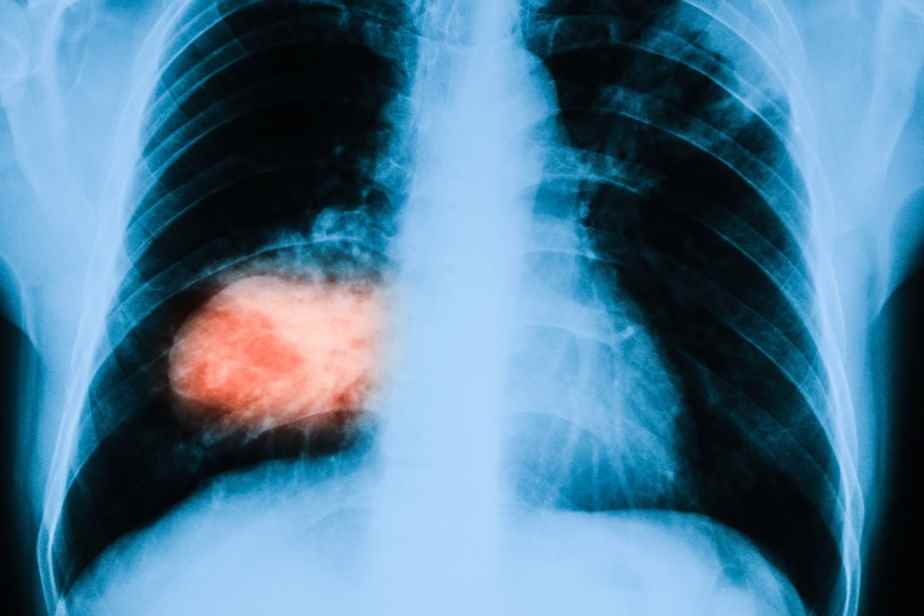Quebec researchers have improved the reliability of prognoses for patients with lung cancer from 70% to 95%. Their approach could be applied to other cancers.
“This is significant progress,” says one of the authors of the study published Wednesday in the journal Nature, Philippe Joubert, of Laval University. “We have identified 35 markers that influence prognosis. If we can identify patients at higher risk of recurrence, we can offer them treatments after surgery to prevent the cancer from coming back. »
The technology used, mass cytometry imaging, is not currently offered in a clinical version. “It’s used in research,” says the pathologist from Quebec. It will have to be simplified so that it can be used directly for patients. Logan Walsh, a biologist from McGill University who is also a co-author of the study, believes that the simplification of the test will be rapid since we can focus on these 35 markers.

PHOTO FROM MCGILL UNIVERSITY WEBSITE
Logan Walsh
Current prognoses are based, among other things, on the size of the tumours, whether or not they migrate to the lymph nodes and the type of tumour. Their efficiency is 70%, according to the Dr Joubert.
Mass cytometry imaging analyzes the cells surrounding the tumor, such as immune and structural cells. “The technology we used was developed at McGill and allows us to study several cell types simultaneously,” says Dr.r Joubert. The analysis is done with artificial intelligence. »
McGill’s technology was tested on samples from 416 patients with lung cancer, stored by a biobank at Université Laval, as well as on a cohort of 60 patients from the McGill University Health Centre.
Dr. Walsh’s team has been working on this technology for half a dozen years. “We initially wanted to understand the factors that influence the success of cancer immunotherapy,” says the Montreal biologist.
Screening
Lung cancer has a poorer prognosis on average than other cancers: it accounts for a quarter of cancer mortality in Canada, even though it represents only 13% of new cases. But improved screening increases the proportion of patients in whom it is detected early, which improves the chances of recovery.
A third of patients are diagnosed early enough for the tumor to be removed by resection, a type of surgery. This proportion could double, according to the Dr Joubert. This makes technology that can determine which patients need postoperative treatment all the more important.
Learn more
-
- 22%
- Five-year survival rate after lung cancer diagnosis
Source: Canadian Cancer Society
- 15%
- Ten-year survival rate after lung cancer diagnosis
Source: Canadian Cancer Society
-
- 5.2%
- Lifetime risk for a Canadian of getting lung cancer
Source: Canadian Cancer Society
